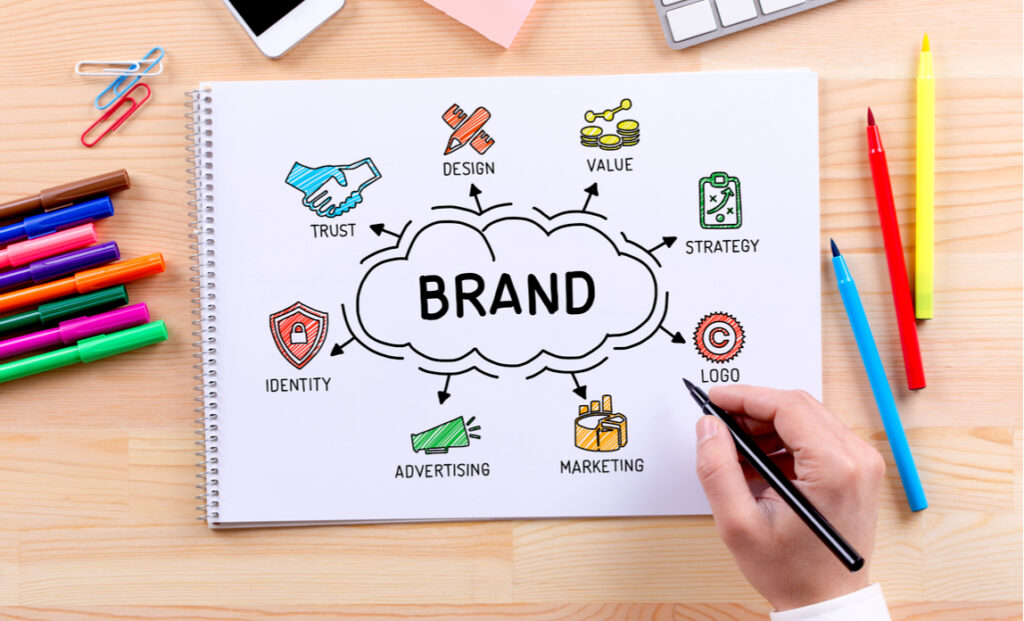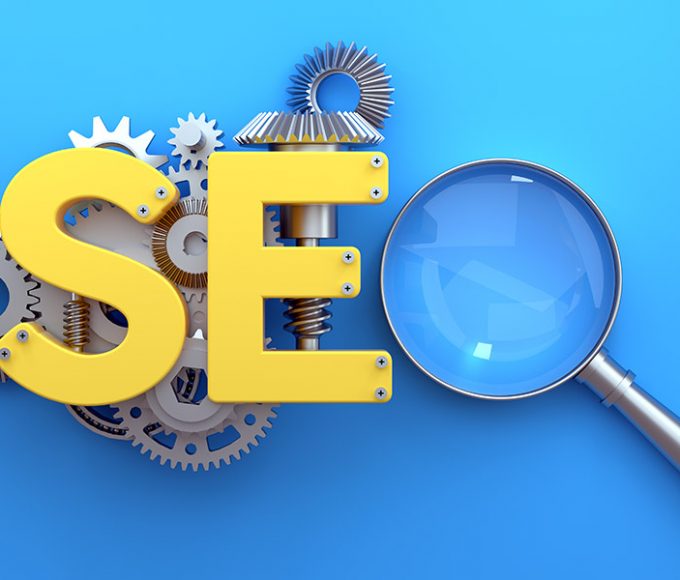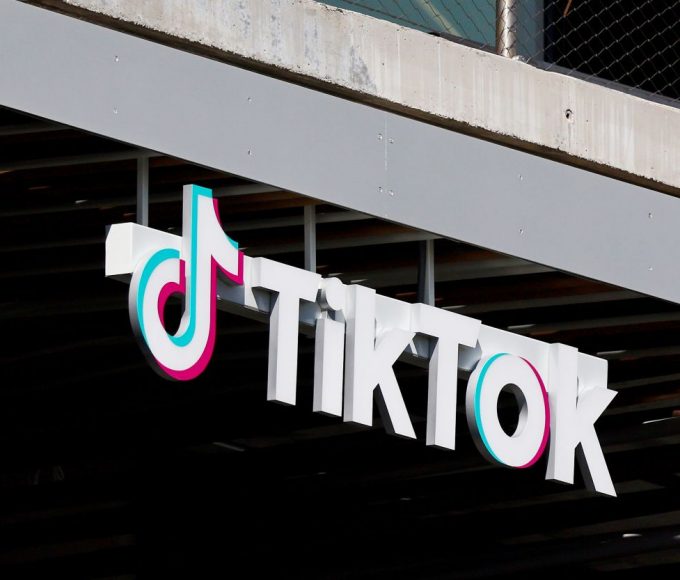New insights reveal the impact of live brand experiences on engagement. Joe Panepinto at Jack Morton explains how to maximize these events and weave them into broader marketing strategies.
Every marketer has faced it: despite a strong brand and a packed social calendar, engagement remains stagnant. Audiences scroll past even the most polished posts. The issue isn’t your story—it’s that people crave authenticity.
In today’s content-saturated world, the more brands post, the less audiences respond. Yet one exception consistently breaks through: content generated from real-world brand experiences. Research from Jack Morton and Infegy shows that social posts from live events outperform typical branded content, doubling engagement and increasing positive sentiment by more than 120%. Simply put, the most human moments perform the best.
The Human Advantage
Why does experiential content resonate so strongly? Because it’s created by people living a story, not just observing one.
When brands bring communities together—whether tech enthusiasts at a summit, gamers at a launch, or beauty fans at a pop-up—they activate subcultures. Shared experiences generate emotional energy: excitement, belonging, and FOMO. That energy translates into social performance.
Experiential content feels authentic, positive, and capable of breaking through digital noise. It’s not a polished brand post—it’s proof of participation in something larger than the brand itself.

Yet, many brands treat event content as secondary. Surveys show that while 70% of marketers value social content from events, fewer than 40% feel they execute it well. In B2B, that figure drops to 23%.
The problem isn’t lack of opportunity—it’s lack of planning. Event metrics and social metrics are often tracked separately, meaning brands miss the multiplier effect experiences can create. The most successful campaigns see events not just as moments for attendees, but as engines for organic storytelling.
Social Alchemy
To fully leverage your experiential content, rethink how you approach social amplification before, during, and after the event:
- Plan for structure and spontaneity. Identify essential content moments, but leave room for unplanned magic—crowd reactions, unexpected moments, and human sparks. Equip a flexible on-site team to capture and share content in real time.
- Encourage sharing. Move beyond the selfie wall. Create multiple share triggers—moments, prompts, and stories that make posting irresistible. Reward participation and subtly embed your brand in the experience.
- Post confidently. Brands often under-share for fear of overloading feeds. During a cultural moment, audiences expect frequent updates. Five to ten posts per day across channels is appropriate.
- Use variety. Mix video, images, live updates, and quotes. It’s not the format that matters, but documenting an experience that resonates with your community.
The Ripple Effect
The next phase of experiential marketing isn’t just about scale—it’s about integration. When you measure social performance alongside event metrics, the impact of your experience extends far beyond the event itself.
Attendees are not just participants—they’re amplifiers. In a world driven by feeds and algorithms, the stories fans share from your event can shape brand perception more powerfully than any paid campaign.
In an era dominated by automation, brand experiences remind us that the most effective content is still created by people, for people.







